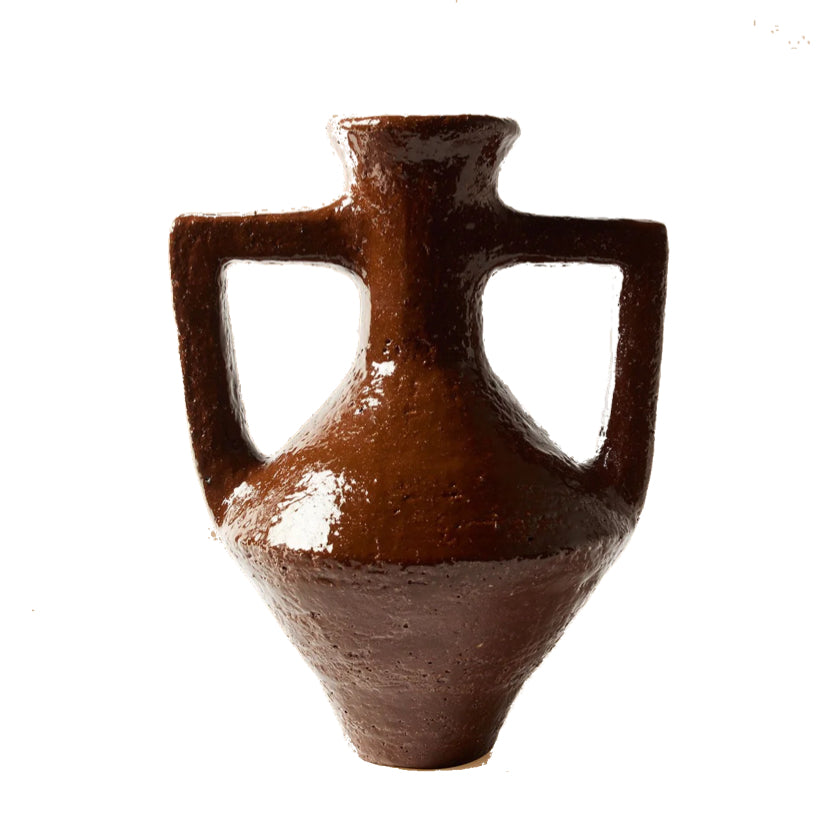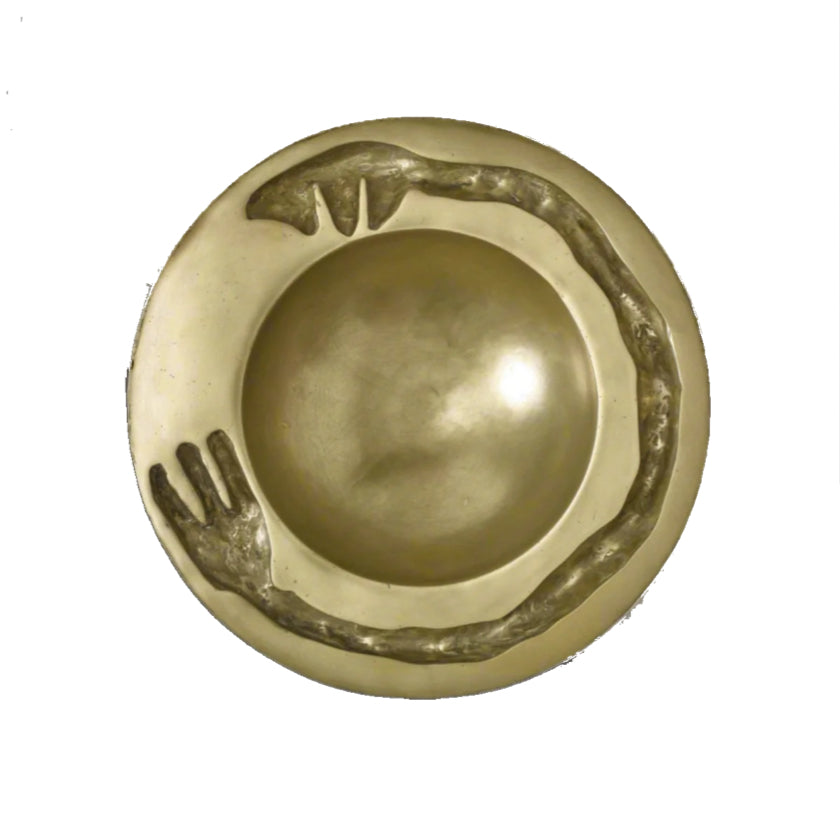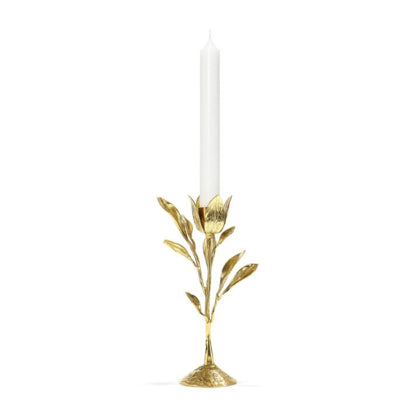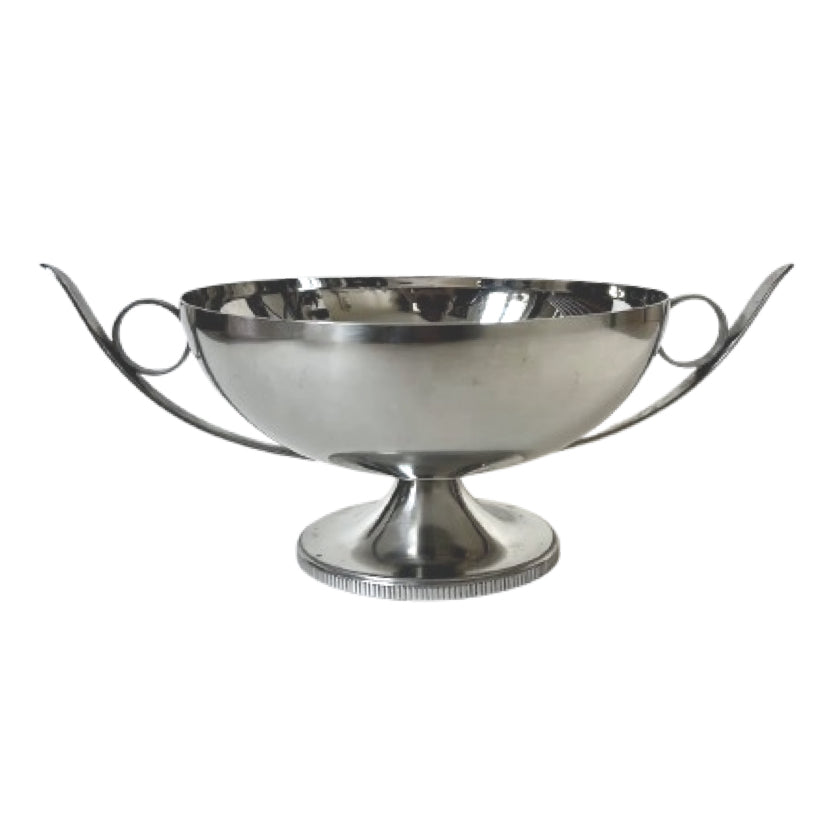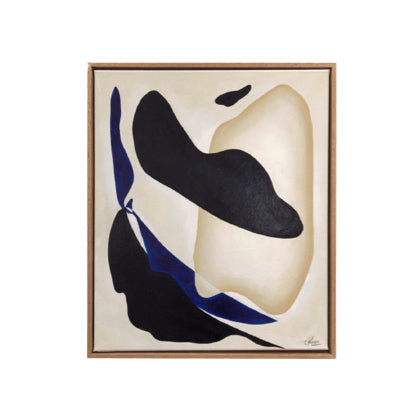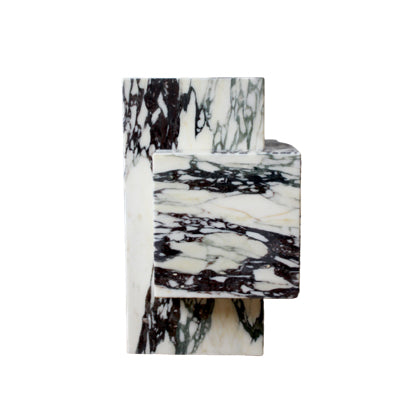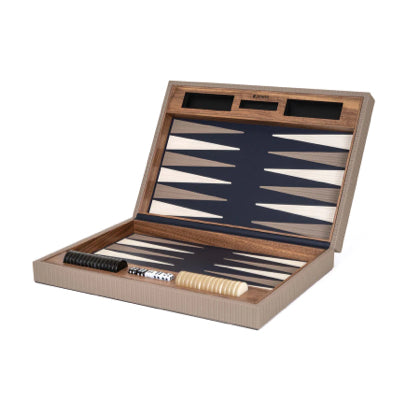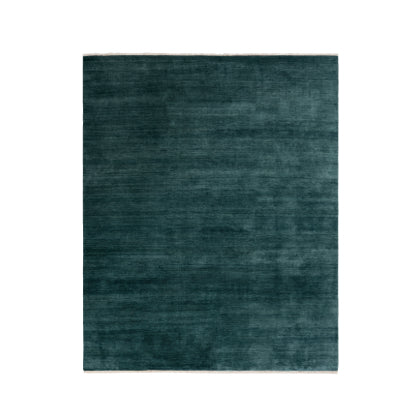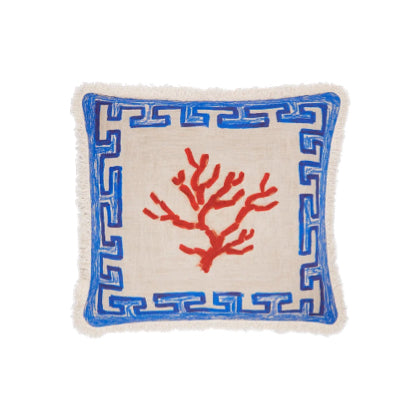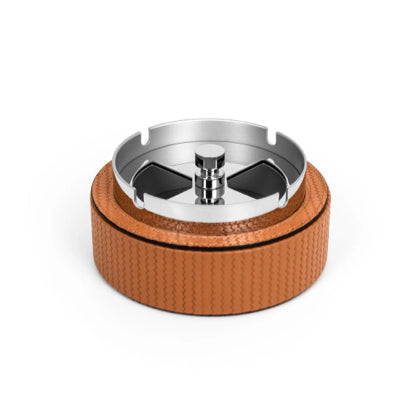Minimalist minimalistic
Understanding the Philosophy of Minimalist Minimalistic Design
By incorporating minimalist principles into interior design, we foster environments that support clarity of thought and creativity, much like our curated modern home decor collection that embodies these ideals.
The beauty of minimalist design lies in its ability to create calm and order in an often chaotic world. Each item in our collection serves a purpose, whether it’s a sleek piece of furniture or a delicate work of art. This intentionality encourages a lifestyle that values quality over quantity, allowing individuals to focus on what truly matters. Our curated selection highlights the power of restraint, showcasing how a few well-chosen elements can transform a space into a haven of tranquility.
In addition to its aesthetic qualities, minimalism also offers a philosophical framework for living. It encourages mindfulness and intentionality, prompting us to question our consumption habits and the clutter we allow into our lives. By incorporating minimalist principles into interior design, we foster environments that support clarity of thought and creativity. This collection not only showcases the art of minimalism but also invites a broader conversation about the lifestyle choices we make every day.
A streamlined lifestyle embraces simplicity, focusing on functionality and aesthetics. This approach often prioritizes clean lines, neutral palettes, and an uncluttered environment, creating spaces that foster serenity and mindfulness. The beauty of this lifestyle lies in its ability to eliminate distractions, allowing individuals to appreciate the finer elements in their surroundings. By intentionally curating possessions and choosing quality over quantity, one can cultivate a home that reflects their values and aspirations. This design philosophy encourages individuals to seek joy in the essentials and to create spaces that resonate with peace and harmony.
Historically, the minimalist lifestyle has roots in various cultural movements that advocate for simplicity and intentionality. From the Bauhaus in the early 20th century to the Japanese aesthetic of wabi-sabi, these influences have shaped contemporary interpretations of minimalist design. This cultural significance is evident in the way art and interior design have evolved, often incorporating natural materials and open spaces that promote a sense of calm. The minimalist lifestyle is not merely a trend; it is a reflection of a deeper philosophical shift towards valuing experiences over possessions.
Art plays a pivotal role in creating a serene and harmonious atmosphere in minimalist spaces. By selecting pieces that resonate with your personal aesthetic, you can enhance the tranquility that defines this lifestyle. Choose artworks that reflect simplicity and elegance, as these can elevate the overall feel of a room without overwhelming it. Consider the use of negative space in your selections, allowing the artwork to breathe and become a focal point rather than just an addition to the decor.
Incorporating art into your minimalist design doesn’t have to be complicated. Opt for large-scale pieces that command attention or a series of smaller works that tell a cohesive story. When styling, remember to keep the background clean and uncluttered, which allows the art to shine. The placement is crucial; hang your pieces at eye level for maximum impact and consider the lighting, as natural light can dramatically change the perception of color and texture in your artwork.
Caring for your art is equally important to preserve its beauty over time. Regularly dusting and keeping works out of direct sunlight will help maintain their vibrancy. If you have framed pieces, check the condition of the frame and glass periodically to ensure they are protective and in good shape. By investing time in the upkeep of your art, you not only honor the pieces themselves but also enhance the minimalist aesthetic of your home.

